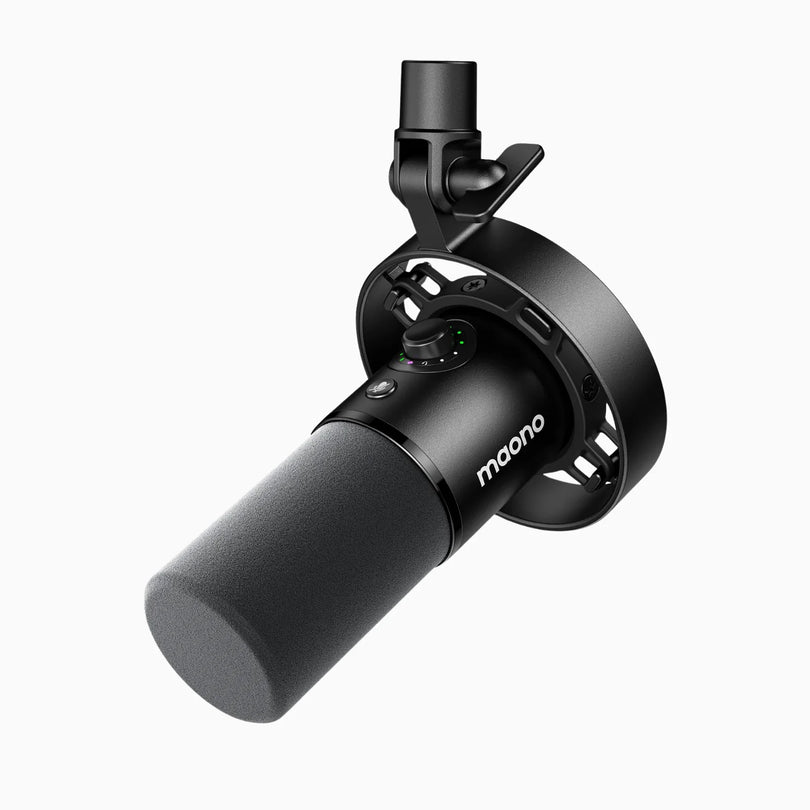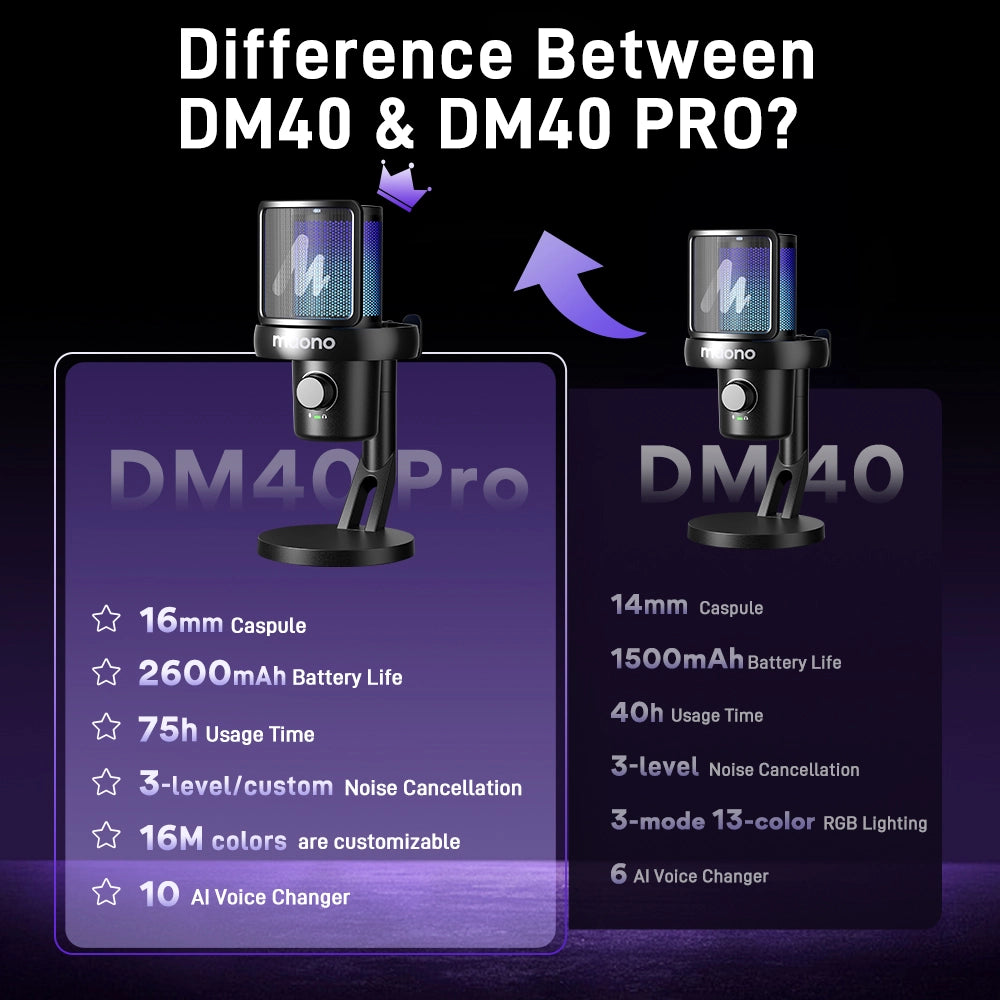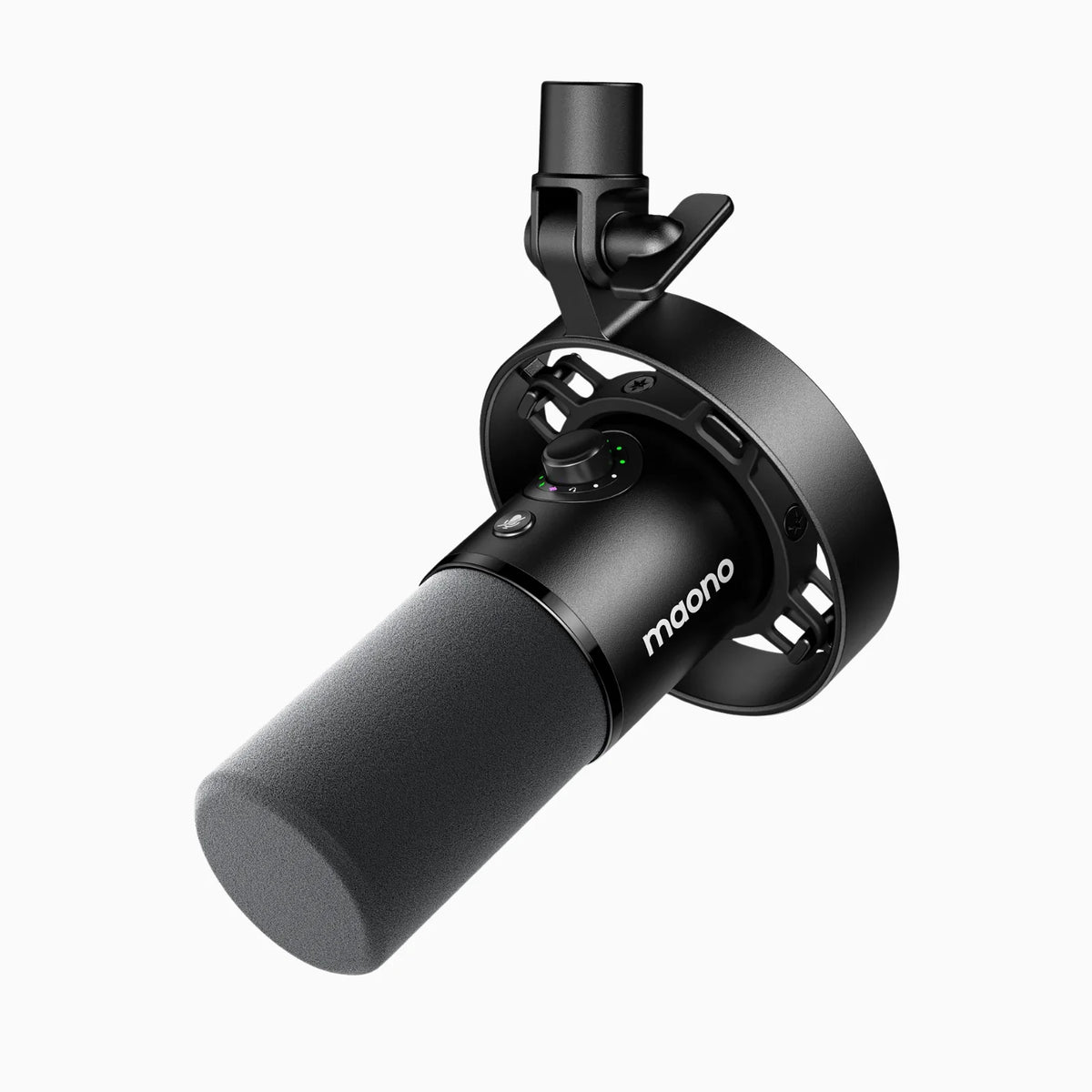1. The physical properties of the sound
The sound is the feeling that the object is perceived by the human ear when it vibrates.
Sound is made up of several elements: volume, pitch, tone, and sound.
The volume is the loudness of the sound. It is the subjective evaluation scale of the
human ear to the strength of the sound. The objective evaluation scale is the amplitude of
the sound.

Pitch:
Pitch is the pitch, which is the subjective evaluation scale of the human ear to the level of
sound. Its objective evaluation scale is the frequency of sound.
Tone:
The tone is the frequency spectrum of the sound. In addition to the loudness of the sound,
the human ear has obvious discriminating power, and it can accurately judge the sound of
the sound.
For example, when a violin and a piano play notes of the same pitch,one can distinguish
which one is a violin and which one is a piano sound according to its timbre and timbre.
The tone quality is the waveform envelope of the sound. The harmonic composition of the
sound and the envelope of the waveform, including the transients of the beginning and end
of the sound, determine the characteristics of the sound. In people's habits, the tone quality
is often referred to as sound quality.
2. The auditory characteristics of the human ear
The auditory characteristic of the human ear refers to the psychological reflection of the
human voice on the sound. The auditory characteristics of the human ear reflect the degree
of human sensitivity to the sound intensity at different frequencies.
The human ear is less sensitive to the high-end (above 600HZ) and low-end (below 500HZ)
frequencies when it is small, but to 3000HZ-4000HZ. The frequency sensitivity is the
strongest.
And the smaller the volume of the sound, the more obvious this feature is. People describe
this feature as a curve, which is the equal loudness curve of the sound. In audio equipment,
there is a common loudness switch, which functions to properly raise or compensate the high
and low sounds at a small volume.

3. The dynamic range of the sound
The dynamic range of the sound is the range from the weakest to the strongest. The dynamic
range of the sound is also related to frequency. The frequency range with the
largest dynamic range is 1000-6000HZ, and the unit of measurement for the dynamic range
is decibel (dB).
In nature, the pronunciation of each object or instrument has its dynamic range, so to
reproduce these sounds with high fidelity; the dynamic range of the audio device must be
large enough. The dynamic range of a typical multimedia speaker is preferably greater than
60 dB, while the dynamic range of a high-fidelity audio is required to be greater than 90dB.
































